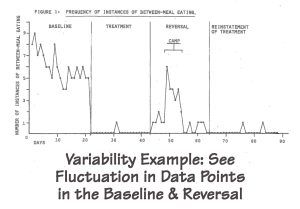Living on the edge of a small town, I write this as a bright February sun illuminates nearby farm fields already devoid of snow. Deer pass through the unfenced yards between well–spaced homes in the twilight hours of morning and evening, tasting everything on their way to or from an undeveloped area at the center of the next block. One or another dog is always pulling an owner down the street. The resplendent view and clean air invite one to take a walk even without a pet, but a short distance in the stiff breeze, with the temperature below freezing, quickly compels a return to the warm side of the window with a cup of hot cocoa in hand.






